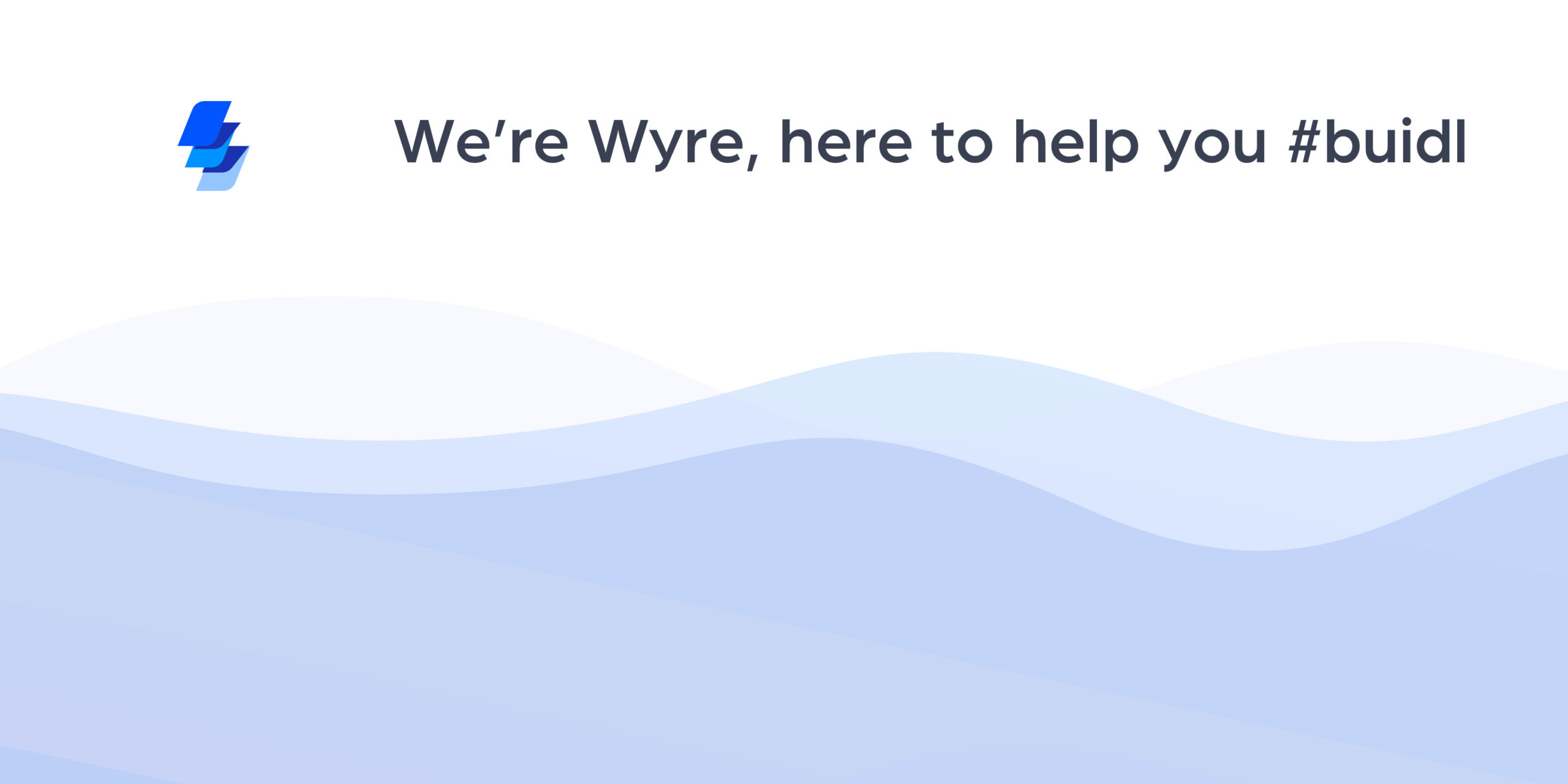Earning interest on crypto is in a sweet spot between profitability and ease of use. In a previous piece, I touched on some platforms that make the process of investing very simple, but exactly how risky can lending crypto assets get?
Coinbase holding risk
Coinbase is the most regulated of the options. CENTRE (Coinbase & Circle), who manages USDC, lists reserve bank partners and compliance organizations that ensure “checks and balances.” There, you can also find attestations from an accounting services firm, updated every month.
The biggest risk of earning through Coinbase is if suddenly, everyone sold their USDC and Coinbase had backed money in contracts that they couldn’t get out of. This scenario seems very unlikely. Still, there is not much information on how the interest is calculated on Coinbase, and it would be a good idea to follow them closely incase something changes.
DyDx lending Risk
DyDx puts borrowers in over-collateralized positions ranging from 125% to 150%. Margin traders collateral only needs to be 25% because they can’t withdraw their loan. Each borrower has a liquidation point to ensure the lender will be paid back.
If a borrower’s collateral becomes worth only 115% of their loan, it is liquidated. The other 15% goes to DyDx’s insurance fund. Everything is collateralized through Ethereum, so liquidation can occur if Eth becomes less valuable. DyDx says the insurance funds are there for times of “extreme volatility.”
So far there are no reports of the insurance fund running out of money.
Dharma lending Risk
Lending on Dharma means that you’re adding value to the Compound protocol. Like DyDx, Compound requires 125% collateralization for both USDC and DAI. Instead of building an insurance fund through a liquidation buffer, 1/10th or 1/20th of interest paid by borrowers is set aside for “reserves.”
Like DyDx, nobody has reported the protocol running out of reserves.
Still, there have been times of high lending pool usage. If someone puts millions of dollars into compound, which right now contains around 150 million, they could risk not being able to pull. out. If 96% of compounds funds were being lent out, only 6 million would be able to be removed.
Multiple people being afraid that they won’t be able to pull their friends could cause a “run on the bank” scenario where everyone pulls out and causes panic. Still, the higher the usage, the more interest lenders get paid. Users have to put trust in that system of incentives.
Risk between tokens
USDC risk has been summarized in the Coinbase platform section because of how closely the two operate. DAI on the other hand has a very complex system that is tied to the volatility of Ethereum.
To make it short, DAI has a system of checks and balances that hasn’t fallen apart yet. Still, it’s peg to the dollar is choppy. Throughout history, DAI has stayed within 5% of the dollar mark. This means that earning 5% APR could either put you at a total of 0% earnings or 10% earnings depending on the price of DAI when it is purchased and sold.
If passed, on November 18th, “Multi-Collateral Dai” will allow users to use more than Eth for collateral. Theoretically, the feature will give DAI a wider safety net for when extreme volatility strikes the market.
Remember, it’s new technology
Compound offers a “bug bounty” to encourage people to report issues rather than taking advantage of them. On the Dharma “risk” faq, they warn you that you are using new technology that is prone to bugs. Not all the kinks have been worked out of these systems and developers are aware.
With that being said, all protocols have been audited to an extent by third parties. There are no records of either 0x or Compound being hacked. Keeping up with news about the protocols should help mitigate risk as it is less likely for a whole insurance fund to be taken out in one day than it is over time.

